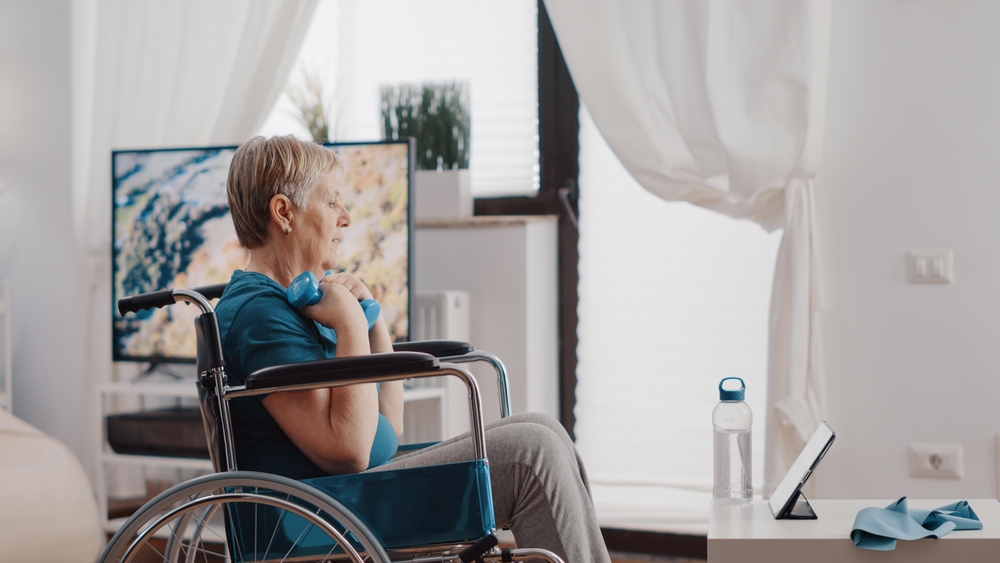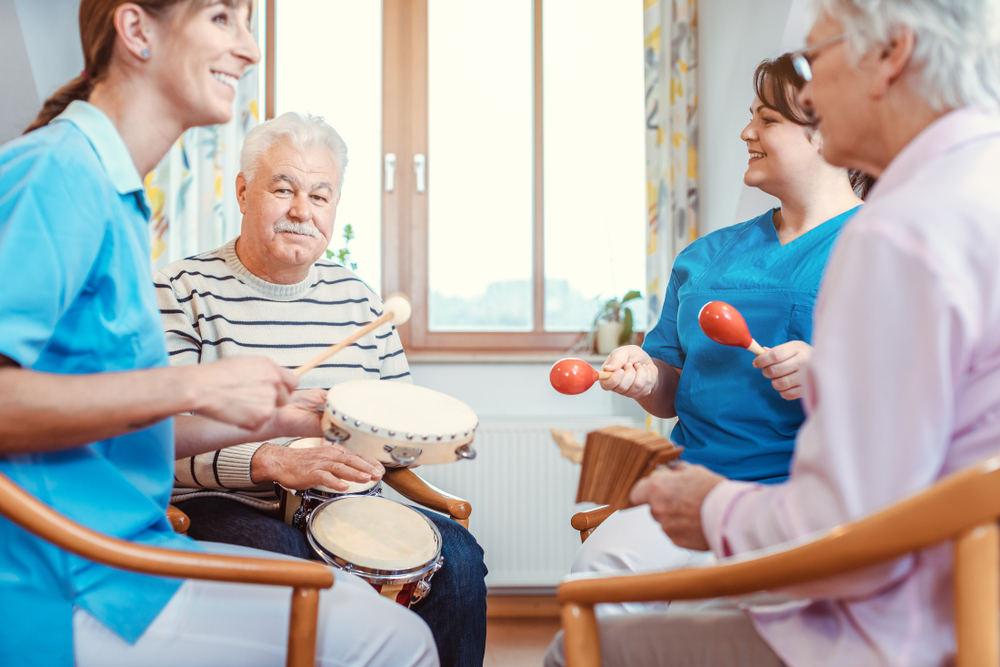Technological innovations in home care

The field of home care, like many other industries, has benefitted significantly from the development of new technology in recent years. With an aging population, technological innovations have helped people receive better and more efficient services. Below is a list of 3 technological innovations that have improved home care. 1. Telehealth. Delivering health-related services without […]
Exploring end-of-life care options: hospice and palliative care

End-of-life care focuses on maintaining quality of life and comfort for individuals. Hospice care and palliative care are two of the most common types of end-of-life care. In this blog, we’ll explore the differences between them. Hospice care aims to treat the symptoms of the disease rather than the disease itself. It is family-centered, meaning […]
Managing common sleep problems for seniors

Sleep is essential for maintaining physical and mental health. Seniors need approximately 7 to 9 hours of sleep each night. Good sleep can improve memory and concentration, reduce the risk of depression, and support the immune system. Below is a list of 5 common sleep problems that seniors face and ways to manage them. 1. […]
Exercises for maintaining physical health at home

Our well-being and quality of life are significantly affected by our physical health. Therefore, it is crucial to maintain optimal physical health as we age. Staying physically active has many benefits including helping manage weight, improved brain health, increased energy levels, and reduced risk of chronic diseases. Although some seniors may prefer going to a […]
A guide to healthy eating for seniors

A nutritious and well-balanced diet becomes increasingly important as we age. Healthy eating can lower the risk of developing numerous chronic diseases, boost immunity, and strengthen bones. Sedentary seniors need roughly 1,600 calories per day, those who are moderately active require about 1,800, and consuming approximately 2,000 calories daily is recommended for active seniors. One […]
The importance of iron for seniors

Iron is a mineral that is required by the body for growth and repair. It is the second most abundant metal on Earth and makes up about 80% of the Earth’s inner and outer cores. It is used to make hemoglobin, which is a protein found in red blood cells that carries oxygen from the […]
An overview of telerehabilitation

Telerehabilitation is a subset of telemedicine that connects patients and rehabilitation providers remotely. Pulmonary rehabilitation, exercise rehabilitation, yoga, stroke rehabilitation, and dance are some of the numerous different types of telerehabilitation. The COVID-19 pandemic and the convenience of telerehabilitation have resulted in an increase in use in the past few years. Telerehabilitation is a less […]
Benefits of music therapy for seniors

Music therapy involves the use of music interventions to improve people’s quality of life by offering cognitive, physical, and emotional benefits. A music therapist creates individually tailored lessons that take into account your music preferences and needs. It can help people with a wide range of conditions including dementia, cancer, stroke, mood disorders, and learning […]
Organizing and storing important documents for home care

Whether you’re caring for an elderly family member or yourself, having a well-structured system to effectively keep track of documents can reduce stress, allow you to easily access important information, and save you time. Below is a list of 5 tips to help you better organize and store important documents for home care. 1. Create […]
Common chronic diseases for seniors

Chronic diseases are conditions that last for at least 1 year and either require continuous evaluation or limit the person’s ability to perform daily activities. Approximately 60% of adults in the US have a chronic disease and over 40% have two or more. Below is a list of 5 of the most common chronic diseases […]

